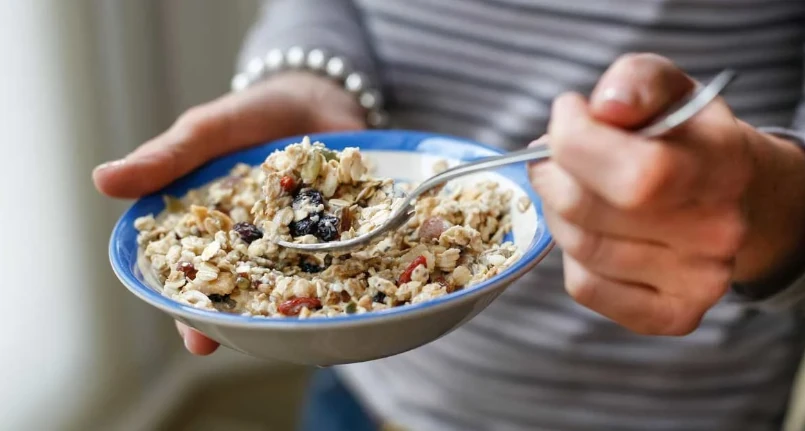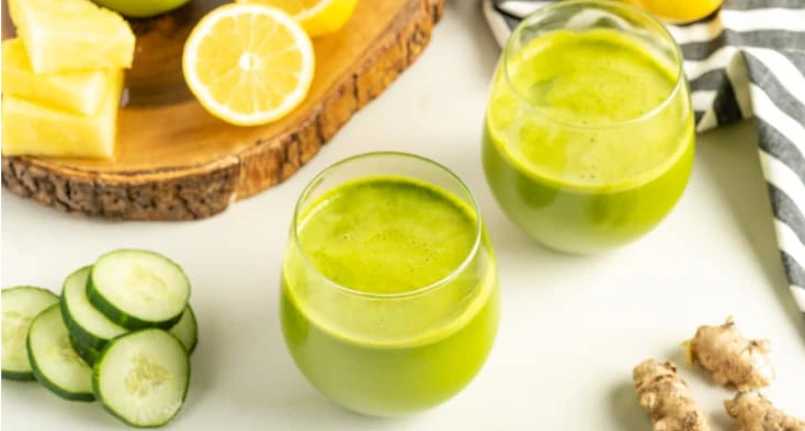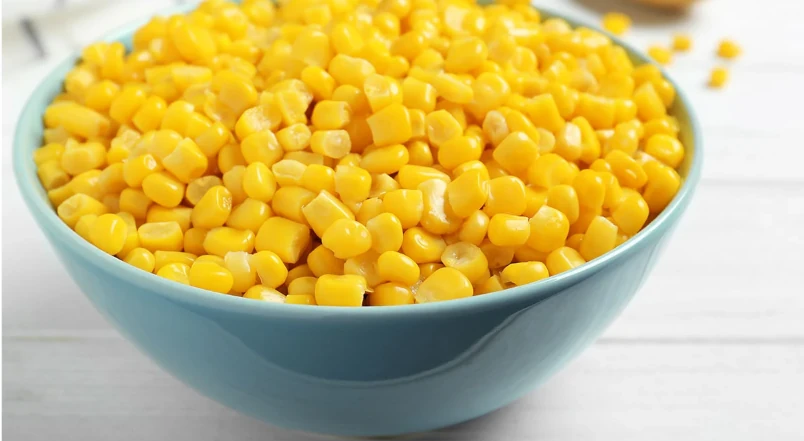Introduction
Consuming whole grains is beneficial for the health of the body. In fact , pasta, rice , grains and products obtained with unrefined flours contain vitamins, mineral salts and proteins . To be sure that a cereal is wholemeal , it is essential to consult the label : the differences between the various wordings and the addition of percentages of bran , middlings or other flours could mislead the consumer because they would also give the appearance of wholemeal to a product which is not integral. A codified definition of whole food is missing, and therefore there are several different criteria to qualify such foods .
Characteristics of whole grain
- Bran: outer layer contains fiber and antioxidants ;
- Endosperm: reservoir for growth, rich in proteins
- Germ : necessary for sprouting, rich in essential fats , vitamins E and group B and minerals such as magnesium, manganese and phosphorus.
- It must not have undergone refining processes
- On the label: 100% wholemeal product
Whole grain: how to recognize it
Within a balanced diet , it is recommended to introduce at least 50-60% whole grains . Buying products that are actually wholemeal, however, is not easy. Wordings such as: “source of fibre”, “wholemeal”, “bran” may appear on the packages, which however do not refer to a totally wholemeal product. In fact, it is not said that there is not a part of refined flour to make up the list of ingredients.
The whole grain must have a grain that preserves: the bran, which is the outer layer, a source of fiber and antioxidants; the endosperm, which is characterized by the presence of starches and proteins and which constitutes the energy reserve of the grain which favors the growth and development of the sprout and the plant; the germ, the liveliest part of the grain, rich in essential fats, vitamins E and group B and minerals such as magnesium, manganese and phosphorus.
Read the label
When can a product be defined as truly integral? When asked, nutrition specialists respond with: when a product is made entirely with flours that have not undergone an industrial refining process . The industrial manufacturing process, and therefore refining, impoverishes the flours in terms of protein, vitamins and minerals. Therefore, on the market there are biscuits, crackers , breadsticks and other baked goods that are not entirely wholemeal.
To confuse and mislead consumers is also the aesthetics of the food: the color , above all. When breadsticks, bread and rusks are browned, therefore brownish in colour, or there is a high fiber content, it does not mean that they are wholemeal.
To be sure, you need to read the label. It must have the wording ” wholemeal flour ” or ” 100% wholemeal “, and not ” wheat flour ” with percentages of bran, middlings or other flours. During refining, the grain is stripped of the bran and germ and the endosperm is reduced to powder to obtain white flour which has a different yield in terms of workability and greater conservation. However, despite the better resistance in the kitchen, there are also disadvantages compared to wholemeal flour, namely: high glycemic load , lack of fiber , antioxidants, vitamins and mineral salts.
Products made with refined flours subsequently added with bran cannot be defined as wholemeal because they do not contain the germ. Therefore, the whole ingredients must appear first on the label , i.e. whole wheat flour, whole oats , etc., and then the remaining list of ingredients in descending order.
What is middlings?
What cereals can really be whole grains?
In addition to whole wheat , which is the most consumed cereal, there are also other whole grains such as: rice , spelt , buckwheat , both as whole grains and as flour.
Wholemeal Flour vs White Flour
Wholemeal flour and white flour are not only different in appearance, taste , workability or storage, but above all in their protein, mineral and carbohydrate content. Compared to white flour, wholemeal flour is less caloric as it has a lower concentration of carbohydrates , but contains a higher quantity of all other nutrients . It also helps reduce fat absorption .
In the tables below, the comparison. The first table shows the nutritional characteristics of white flour, the second table of wholemeal flour.
Table: White Flour
| Flour 00 | |
| Nutritional values per 100 g | Amount |
| Power | 342.5 kcal |
| total carbohydrates | 78.00 g |
| Starch | 76.3g |
| Simple sugars | 1.7g |
| fibers | 2.5g |
| Fats | 0.67g |
| Saturated | 0.16g |
| Monounsaturated | 0.08g |
| Polyunsaturated | 0.43g |
| Cholesterol | 0.0 mg |
| Protein | 11.0g |
| Waterfall | 14.2g |
| Vitamins | |
| Vitamin A equivalent | 0.0 RAE |
| Beta-Carotene | -µg |
| Lutein Zexanthin | -µg |
| Vitamin A | -UI |
| Thiamine or vitamin B1 | 0.10 mg |
| Riboflavin or vitamin B2 | 0.03 mg |
| Niacin or vit PP or vit B3 | 1.00 mg |
| Pantothenic acid or vitamin B5 | – mg |
| Pyridoxine or vitamin B6 | 0.15 mg |
| folate | 0.0µg |
| Vitamin B12 or cobalamin | 0.0µg |
| Choline | -mg |
| C vitamin | 0.0 mg |
| Vitamin D | 0.0µg |
| Vitamin E | 0.16 mg |
| Vitamin K | 0.3µg |
| Minerals | |
| Soccer | 17.0 mg |
| Iron | 0.70 mg |
| Magnesium | 38.0 mg |
| Manganese | -mg |
| Phosphorus | 76.0 mg |
| Potassium | 126.0 mg |
| Sodium | 2.0 mg |
| Zinc | 0.6 mg |
| Fluoride | -µg |
Table: Wholemeal Flour
| Chemical composition | value per 100g | RDA (%) |
| Edible part | 100% | – |
| Waterfall | 13.40g | – |
| Available carbohydrates | 67.80g | – |
| Complex carbohydrates | 59.70g | – |
| Soluble sugars | 2.10 g | – |
| Protein | 11.90 g | – |
| Fats (lipids) | 1.90 g | – |
| Total saturated | – | |
| total monounsaturated | – | |
| Total polyunsaturated | – | |
| Cholesterol | 0 | – |
| Total fiber | 8.40 g | – |
| Soluble fiber | 1.92g | – |
| Insoluble fiber | 6.51 g | – |
| Alcohol (g) | 0 | – |
| Sodium | 3 mg | 0.20% RDA |
| Potassium | 337mg | 7.17% RDA |
| Iron | 3 mg | 37.50% RDA |
| Soccer | 28 mg | 2.80% RDA |
| Phosphorus | 300mg | 42.86% RDA |
| Magnesium | N/A | – |
| Zinc | N/A | – |
| Copper | N/A | – |
| Selenium | N/A | – |
| Thiamine (Vit. B1) | 0.40 mg | 33.33% RDA |
| Riboflavin (Vit. B2) | 0.16 mg | 12.31% RDA |
| Niacin (Vit. B3 or PP) | 5 mg | 31.25% RDA |
| Vitamin A retinol eq. | 0 µg | 0% RDA |
| C vitamin | 0 mg | 0% RDA |
| Vitamin E | 0.40 mg | 2.67% RDA |
| Vitamin B6 | N/A | – |
| Vitamin B12 | N/A | – |
| Manganese | N/A | – |




